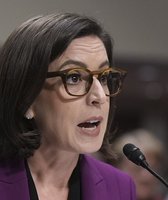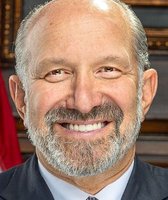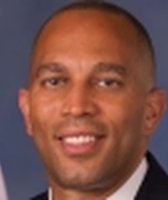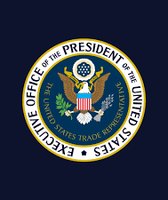Stand up for the facts!
Our only agenda is to publish the truth so you can be an informed participant in democracy.
We need your help.
I would like to contribute
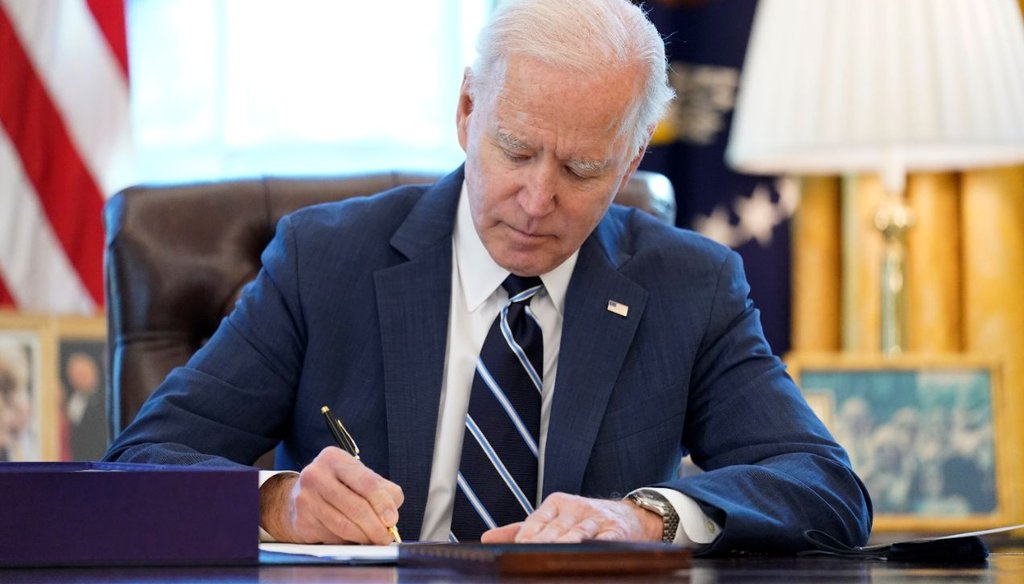
President Joe Biden signs the American Rescue Plan, a coronavirus relief package, in the Oval Office on March 11, 2021. (AP)
If Your Time is short
• The American Rescue Plan signed by President Joe Biden allocates state and local aid based on the extent of unemployment in a state in late 2020. Critics say this punishes states that opened their economies earlier, under the assumption that their unemployment levels were lower.
• It’s not so clear-cut. Preliminary academic research shows that government policies on reopening had only a modest impact on unemployment. States that depend on especially hard-hit industries like tourism and oil and gas show high unemployment regardless of the government policy.
• Experts say that no method for targeting aid to the states is perfect; each has pluses and minuses.
One of the most common Republican criticisms of President Joe Biden’s American Rescue Plan, even after it passed, was that the $1.9 trillion spending plan discriminates against states that reopened their economies relatively early on.
In a March 14 appearance on ABC’s "This Week," Sen. John Barrasso, R-Wyo., said that Biden’s relief bill "punished the states that opened earlier, and it rewarded the states that stayed closed the longest."
As support, Barrasso’s office cited a letter signed by 22 governors, 21 of them Republicans and one Democrat, Laura Kelly of Kansas. The letter said:
"Unlike all previous federal funding packages, the new stimulus proposal allocates aid based on a state’s unemployed population rather than its actual population, which punishes states that took a measured approach to the pandemic and entered the crisis with healthy state budgets and strong economies."
The provision in question is the Coronavirus State Fiscal Recovery Fund, which distributes $219.8 billion to the 50 states and the District of Columbia. The money is intended to aid the budgets of states that experienced added costs from the coronavirus pandemic and, in some cases, revenue declines from the shuttering of in-person businesses. (The bill separately provides aid to tribal governments and U.S. territories, and the other portions of the bill are not divided up this way.)
Sign up for PolitiFact texts
Each state and the District of Columbia will receive an equal share of a $25.5 billion pot — which works out to $500 million each — and then receive an additional payment from a separate $168.55 billion pot that will be divided based on each state’s share of total unemployed workers in the final three months of 2020.
Experts told us that it’s unusual, but not unprecedented, to divide up federal funding this way. However, they say it’s not a slam-dunk case that this formula punished states that lifted business closures early.
How is such aid usually allocated?
The typical approach, experts said, is to divide federal aid to the states based on population.
The American Rescue Plan is the first among the series of coronavirus relief bills passed in the previous year that divided up money based on unemployment. The $2.2 trillion CARES Act, passed in March 2020, based its state aid on population alone.
That said, other past stimulus bills have targeted aid in some way. For instance, the American Recovery and Reinvestment Act of 2009, signed by President Barack Obama during the Great Recession, provided extra funds for harder-hit states through the Federal Medical Assistance Percentage, the formula used to fund Medicaid, the federal-state health insurance program for low-income Americans. A similar mechanism was used in the Jobs and Growth Tax Relief Reconciliation Act of 2003, under President George W. Bush, which was designed to boost the economy after the 2001 recession and the 9/11 terrorist attacks.
There is some logic to targeting aid to hardest-hit states, experts said, because they need more help.
"The CARES Act provided state aid on a per-capita basis, but such an approach does not target need," said Jared Walczak, vice president of state projects at the Tax Foundation. On the one hand, targeted aid makes sense, and it can be an efficient way to deliver assistance. On the other, he said, targeting aid opens the policy up to critiques of unfairness, like Barrasso’s
At the time the CARES Act was passed, early in the pandemic, most states were in the same boat, without much difference based on their divergent policy choices, Walczak said. But today, he added, there are more substantial variations between states, so variations in aid take on new significance.
Does the timing of a state’s reopening correlate with unemployment levels?
Experts said there is probably some correlation between more aggressive reopenings and lower unemployment rates, but the correlation is not perfect.
One academic paper published in June 2020 looked at how much business activity was affected directly by government policies, as opposed to people choosing to stay home. Using cellphone location data, the paper found that governmental closing and reopening orders had only a modest effect on overall business traffic, although sectors such as restaurants were hit especially hard by regulations.
Business traffic "started dropping before the legal orders were in place; was highly tied to the number of COVID deaths in the county; and showed a clear shift by consumers away from larger and busier stores toward smaller and less busy ones in the same industry," the authors wrote.
Another academic paper last updated in November 2020, using data submitted by private companies, found that "state-ordered reopenings of economies had small impacts on spending and employment." Stimulus payments to low-income households did increase consumer spending, it said, "but little of this increased spending flowed to businesses most affected by the COVID-19 shock, dampening its impacts on employment."
In other words, both studies suggest only a modest link between states’ enacting or lifting public health restrictions and the severity of unemployment.
"Surely there was some decline, but it’s very hard to disentangle that from people’s individual decisions or the decisions by businesses to close down because they decided they were not viable during a pandemic," said Tracy Gordon, the acting director of the Urban Institute-Brookings Institution Tax Policy Center.
"Fear is a powerful motivator," said Douglas Holtz-Eakin, president of the American Action Forum, a center-right think tank.
Holtz-Eakin said another factor in the severity of a state’s hardship is what industries predominate in their economy.
"If you look at the state-by-state breakdowns, what jumps out is the states that are heavy on tourism — New York, California, Florida — really got hit," he said. States dependent on fossil fuel extraction were also hit especially hard, he said.
Alternative ways of allocating state and local aid
It’s worth noting that the $350 billion in state and local aid in the bill is supposed to help fiscally strapped states, but the metric the bill used for this $168.55 billion pot wasn’t revenue shortfalls or added expenditures. Rather, it was unemployment, which isn’t directly related.
"Unemployment levels currently aren't a very good proxy for a state's revenue situation, in part due to existing federal aid" from the previous relief bills, Walczak said.
On the other hand, using revenue losses as the metric for additional state allocations would be risky, Gordon said.
"For revenue losses, the question is, ‘Compared to what?’" she said. "You would probably have to base it on estimated or projected revenue, and those calculations could reflect political factors."
Critics of the bill add that a state-and-local aid package this large isn’t justified given the actual fiscal losses nationally, which were less severe than anticipated earlier during the pandemic.
"There is no good way to allocate according to need when state revenue needs largely failed to materialize, in part thanks to previous rounds of assistance," Walczak said.
Overall, the consensus among economic experts is that different allocation methods each have their pluses and minuses.
Our Sources
John Barrasso, interview on ABC’s "This Week," March 14, 2021
South Carolina Office of the Governor, "22 Governors Oppose Biased Fund Allocation in Stimulus Package," Feb. 27, 2021
Congressional Research Service, "Medicaid’s Federal Medical Assistance Percentage (FMAP)," July 29, 2020
Austan Goolsbee and Chad Syverson, "Fear, Lockdown, and Diversion: Comparing Drivers of Pandemic Economic Decline 2020," June 2020
Raj Chetty, John N. Friedman, Nathaniel Hendren, Michael Stepner, and the Opportunity Insights Team, "The Economic Impacts of COVID-19: Evidence from a New Public Database Built Using Private Sector Data," November 2020
McGuireWoods LLP, "$350 Billion Slated for State, Local Governments as President Signs American Rescue Plan," March 15, 2021
Email interview with Gary Burtless, senior fellow at the Brookings Institution, March 17, 2021
Email interview with Jared Walczak, vice president of state projects at the Tax Foundation, March 17, 2021
Interview with Douglas Holtz-Eakin, president of the American Action Forum, March 17, 2021
Interview with Tracy Gordon, acting director of the Urban Institute-Brookings Institution Tax Policy Center, March 17, 2021






